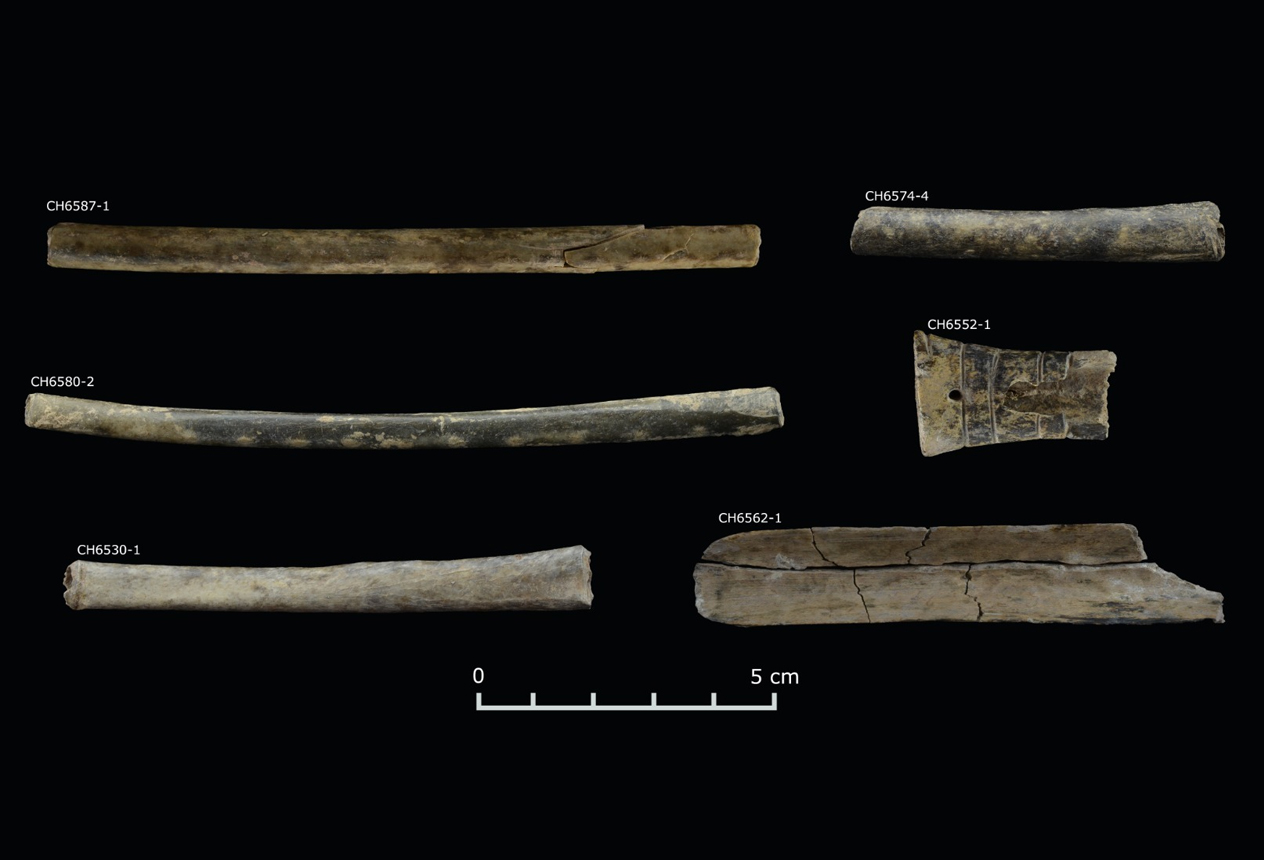Archaeologists have identified traces of psychoactive plants used in ceremonial rituals at Chavín de Huántar in Peru’s Ancash Region.
Chavín de Huántar was the religious centre and political capital of the Chavín, a major pre-Inca culture that inhabited the region from as early as 3000 BC until around 400–500 BC.
The site contains several major structures, including a massive flat-topped pyramidal structure, and important areas designated as the Major Plaza and the Circular Plaza.
Excavations carried out in 2017 and 2018 uncovered a set of ancient instruments, including tubular artefacts made from bird and mammal bones, discovered within an underground gallery reserved solely for ceremonial purposes.
In a recent study by the Chavín de Huántar Archaeological Research and Conservation Program, archaeologists have conducted a chemical and botanical analysis of residue found on the instruments.

According to the study authors, the reside contains the presence of vilca (Anadenanthera), a hallucinogenic snuff, and nicotine, likely from wild tobacco or related plants.
This has revealed that psychoactive plants were used in ceremonial rituals at Chavín de Huántar over 2,800 years ago during the Andean Formative Period, and one of the oldest examples on record in the Andes.
“The use of these plants was not recreational, but rather part of ritual ceremonies linked to the exercise of power and the establishment of religious authority in a hierarchical society,” said the Peruvian State. “This discovery confirms Chavín de Huántar as a space of ideological, technological, and spiritual innovation in the pre-Hispanic Andes, where rituals and altered states of consciousness were integral to the dynamics of social and political control.”
Header Image Credit : Shutterstock
Sources : Peruvian State

